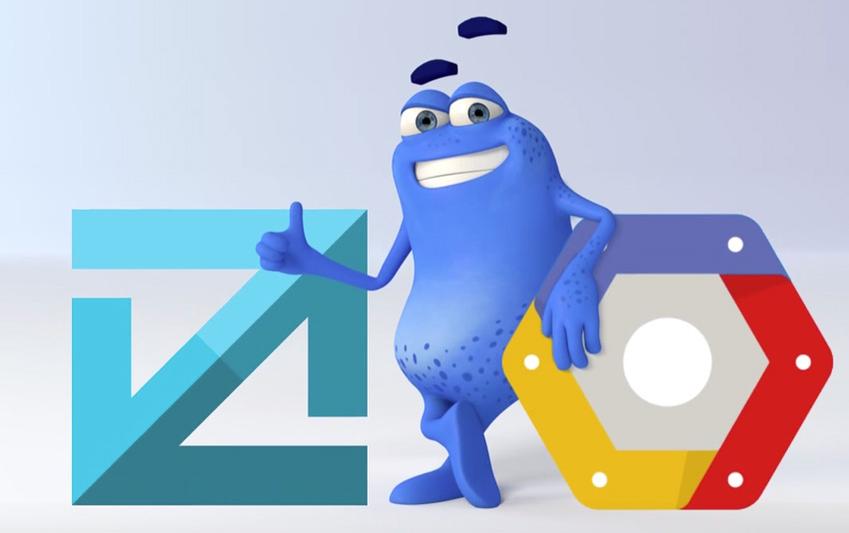During SIGGRAPH 2015, Google has been making various announcements including the public beta of their cloud-native rendering solution, Zync, giving artists access to 1,600 dedicated Compute Engine cores to power their V-Ray, Arnold and Nuke-based renders. On August 20th, artists will be able to be among the first to sign up and use Zync for cloud-based graphics rendering powered by the Google Cloud Platform. In addition to earning additional free-trial credit, Google has indicated that it will exhibit the best work rendered on Zync on Google’s media website.

Created at a visual effects studio and designed to specifically suit a VFX artist’s workflow, Zync provides artists with the scale, performance, and security of Google’s infrastructure all the while preserving the familiarity and interactivity of a local render farm. Google indicates that their cloud infrastructure allows users to spin up compute nodes on-demand in minutes; this per-minute billing ensures that users pay for only what they render. Additionally, Google stated that it has reduced their on-demand prices by an additional 15-25% for all applications they support.
Google has also announced the launch of Media Solutions by Google Cloud Platform as a way to showcase methods how creative companies have leveraged the Cloud Platform as well as to start offering technical content for companies in order to link their existing operations to the cloud.




 Amazon
Amazon